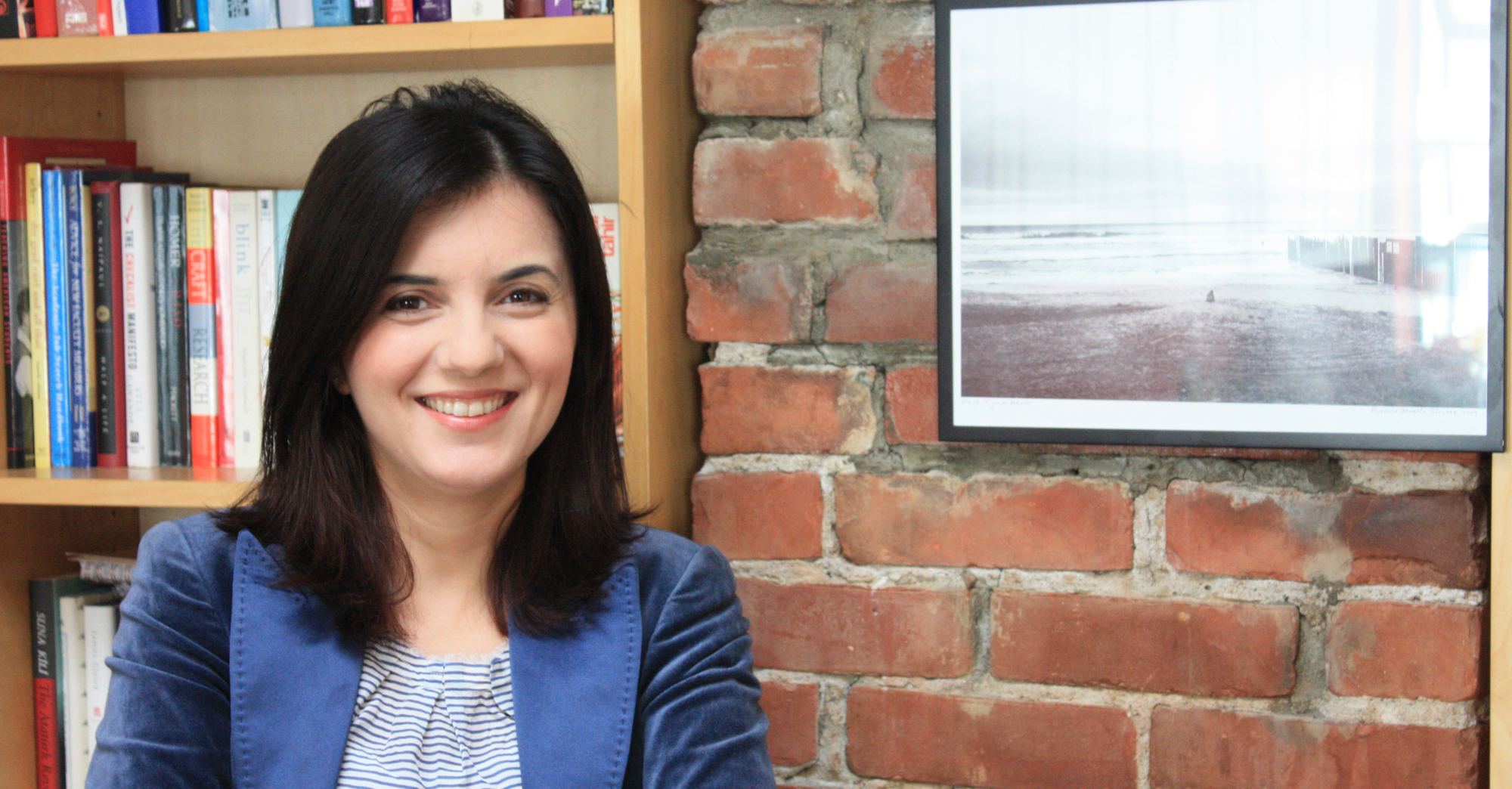Citation:
Abstract:
Background: Human cadavers are crucial to numerous aspects of health care, including initial and continuing training of medical doctors and advancement of medical research. Concerns have periodically been raised about the limited number of whole body donations. Little is known, however, about a unique form of donation, namely co-donations or instances when married individuals decide to register at the same time as their spouse as whole body donors. Our study aims to determine the extent of whole body co-donation and individual factors that might influence co-donation.
Methods and Findings: We reviewed all records of registrants to the University of Hawaii Medical School’s whole body donation program from 1967 through 2006 to identify married registrants. We then examined the 806 married individuals’ characteristics to understand their decision to register alone or with their spouse. We found that married individuals who registered at the same time as their spouse accounted for 38.2 percent of married registrants. Sex differences provided an initial lens to understand co-donation. Wives were more likely to co-donate than to register alone (p = 0.002). Moreover, registrants’ main occupational background had a significant effect on co-donations (p = 0.001). Married registrants (regardless of sex) in female-gendered occupations were more likely to co-donate than to donate alone (p = 0.014). Female-gendered occupations were defined as ones in which women represented more than 55 percent of the workforce (e.g., preschool teachers). Thus, variations in donors’ occupational backgrounds explained co-donation above and beyond sex differences.
Conclusions: Efforts to secure whole body donations have historically focused on individual donations regardless of donors’ marital status. More attention needs to be paid, however, to co-donations since they represent a non-trivial number of total donations. Also, targeted outreach efforts to male and female members of female-gendered occupations might prove a successful way to increase donations through co-donations.

